The 25 most-downloaded ChemComm articles in the third quarter of 2015 were as follows:
Copper-catalyzed oxidative decarboxylative C–H arylation of benzoxazoles with 2-nitrobenzoic acids
Lijun Chen, Lin Ju, Katelyn A. Bustin and Jessica M. Hoover
DOI: 10.1039/C5CC06645J, Communication
Unactivated C(sp3)–H hydroxylation through palladium catalysis with H2O as the oxygen source
Jiantao Hu, Tianlong Lan, Yihua Sun, Hui Chen, Jiannian Yao and Yu Rao
DOI: 10.1039/C5CC04952K, Communication
TMSBr/InBr3-promoted Prins cyclization/homobromination of dienyl alcohol with aldehyde to construct cis-THP containing an exocyclic E-alkene
Linjie Li, Xianwei Sun, Yanyang He, Lu Gao and Zhenlei Song
DOI: 10.1039/C5CC06270E, Communication
Organocatalytic amination of alkyl ethers via n-Bu4NI/t-BuOOH-mediated intermolecular oxidative C(sp3)–N bond formation: novel synthesis of hemiaminal ethers
Longyang Dian, Sisi Wang, Daisy Zhang-Negrerie, Yunfei Du and Kang Zhao
DOI: 10.1039/C4CC05758A, Communication
Visible light-driven water oxidation catalyzed by a highly efficient dinuclear ruthenium complex
Yunhua Xu, Lele Duan, Lianpeng Tong, Björn Åkermark and Licheng Sun
DOI: 10.1039/C0CC01250E, Communication
Multifunctional catalysis by Pd-polyoxometalate: one-step conversion of acetone to methyl isobutyl ketone
Robert D. Hetterley, Elena F. Kozhevnikova and Ivan V. Kozhevnikov
DOI: 10.1039/B515325E, Communication
A facile solvothermal growth of single crystal mixed halide perovskite CH3NH3Pb(Br1−xClx)3
Taiyang Zhang, Mengjin Yang, Eric E. Benson, Zijian Li, Jao van de Lagemaat, Joseph M. Luther, Yanfa Yan, Kai Zhu and Yixin Zhao
DOI: 10.1039/C5CC01835H, Communication
Nanostructured electrochromic smart windows: traditional materials and NIR-selective plasmonic nanocrystals
Evan L. Runnerstrom, Anna Llordés, Sebastien D. Lounis and Delia J. Milliron
DOI: 10.1039/C4CC03109A, Feature Article
Surface modification of MoS2 nanoparticles with ionic liquid–ligands: towards highly dispersed nanoparticles
Wilton Osim, Anja Stojanovic, Johanna Akbarzadeh, Herwig Peterlik and Wolfgang H. Binder
DOI: 10.1039/C3CC45305G, Communication
The surface chemistry of metal–organic frameworks
Christina V. McGuire and Ross S. Forgan
DOI: 10.1039/C4CC04458D, Feature Article
Catalytic meta-selective C–H functionalization to construct quaternary carbon centres
Andrew J. Paterson, Sahra St John-Campbell, Mary F. Mahon, Neil J. Press and Christopher G. Frost
DOI: 10.1039/C5CC03951G, Communication
Production of few-layer phosphorene by liquid exfoliation of black phosphorus
Jack R. Brent, Nicky Savjani, Edward A. Lewis, Sarah J. Haigh, David J. Lewis and Paul O’Brien
DOI: 10.1039/C4CC05752J, Communication
Graphene quantum dots: emergent nanolights for bioimaging, sensors, catalysis and photovoltaic devices
Jianhua Shen, Yihua Zhu, Xiaoling Yang and Chunzhong Li
DOI: 10.1039/C2CC00110A, Feature Article
Reduction of graphene oxide via L-ascorbic acid
Jiali Zhang, Haijun Yang, Guangxia Shen, Ping Cheng, Jingyan Zhang and Shouwu Guo
DOI: 10.1039/B917705A, Communication
Few-layer, large-area, 2D covalent organic framework semiconductor thin films
Jeremy I. Feldblyum, Clara H. McCreery, Sean C. Andrews, Tadanori Kurosawa, Elton J. G. Santos, Vincent Duong, Lei Fang, Alexander L. Ayzner and Zhenan Bao
DOI: 10.1039/C5CC04679C, Communication
Copper-catalyzed oxidative C–H/C–H cross-coupling of benzamides and thiophenes
Sheng Zhao, Jun Yuan, Yi-Chen Li and Bing-Feng Shi
DOI: 10.1039/C5CC05058H, Communication
Interview with Ben L. Feringa
DOI: 10.1039/C4CC90068E, Profile
Aggregation-induced emission: phenomenon, mechanism and applications
Yuning Hong, Jacky W. Y. Lam and Ben Zhong Tang
DOI: 10.1039/B904665H, Feature Article
Asymmetric synthesis of pyrazoles and pyrazolones employing the reactivity of pyrazolin-5-one derivatives
Pankaj Chauhan, Suruchi Mahajan and Dieter Enders
DOI: 10.1039/C5CC04930J, Feature Article
A MOF platform for incorporation of complementary organic motifs for CO2 binding
Pravas Deria, Song Li, Hongda Zhang, Randall Q. Snurr, Joseph T. Hupp and Omar K. Farha
DOI: 10.1039/C5CC04808G, Communication
Strongly green-photoluminescent graphene quantum dots for bioimaging applications
Shoujun Zhu, Junhu Zhang, Chunyan Qiao, Shijia Tang, Yunfeng Li, Wenjing Yuan, Bo Li, Lu Tian, Fang Liu, Rui Hu, Hainan Gao, Haotong Wei, Hao Zhang, Hongchen Sun and Bai Yang
DOI: 10.1039/C1CC11122A, Communication
Cerium-based metal organic frameworks with UiO-66 architecture: synthesis, properties and redox catalytic activity
Martin Lammert, Michael T. Wharmby, Simon Smolders, Bart Bueken, Alexandra Lieb, Kirill A. Lomachenko, Dirk De Vos and Norbert Stock
DOI: 10.1039/C5CC02606G, Communication
A facile synthesis of UiO-66, UiO-67 and their derivatives
Michael J. Katz, Zachary J. Brown, Yamil J. Colón, Paul W. Siu, Karl A. Scheidt, Randall Q. Snurr, Joseph T. Hupp and Omar K. Farha
DOI: 10.1039/C3CC46105J, Communication
Red, far-red, and near infrared photoswitches based on azonium ions
M. Dong, A. Babalhavaeji, M. J. Hansen, L. Kálmán and G. A. Woolley
DOI: 10.1039/C5CC02804C, Communication
A ratiometric fluorescent system for carboxylesterase detection with AIE dots as FRET donors
Yinglong Wu, Shuailing Huang, Fang Zeng, Jun Wang, Changmin Yu, Jing Huang, Huiting Xie and Shuizhu Wu
DOI: 10.1039/C5CC04771D, Communication
ChemComm is the home of urgent high quality communications from across the chemical sciences. With a world renowned reputation for quality and fast times to publication (average of 40 days), ChemComm is the ideal place to publish your research.
Submit your urgent research to ChemComm today!
Stay up to date with ChemComm
Be among the first to hear about the newest articles being published – Sign-up to our journal news alert to receive information about most read articles, themed issues, journal news, as well as calls for papers and invitations.
Comments Off on Top 25 ChemComm articles July–September 2015













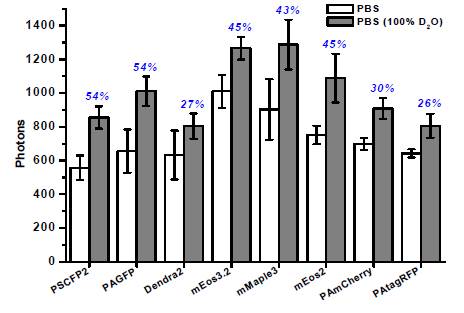
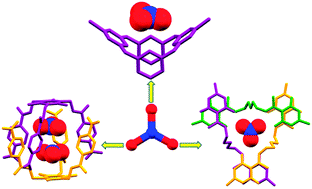

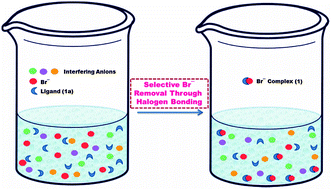
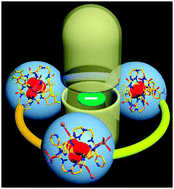

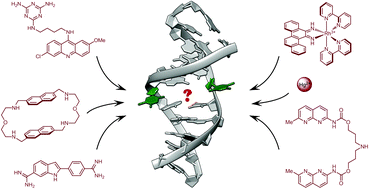
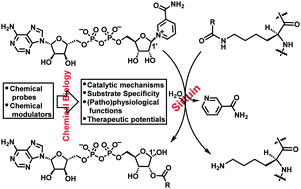
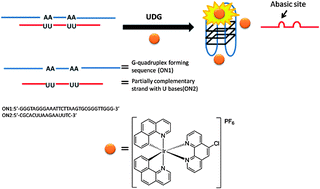
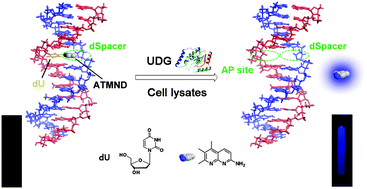
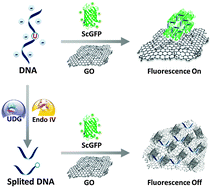
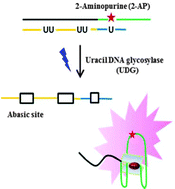
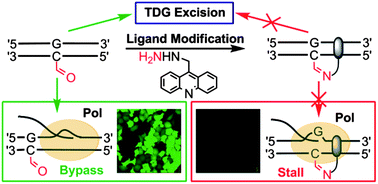
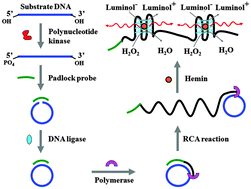
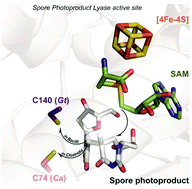
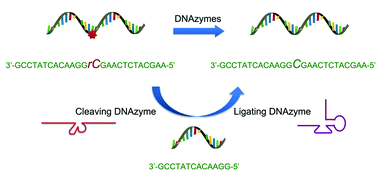
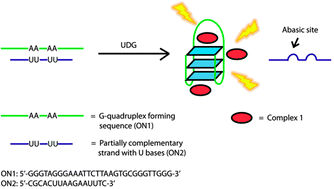
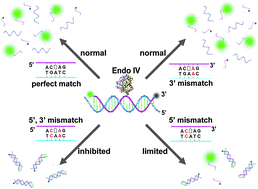
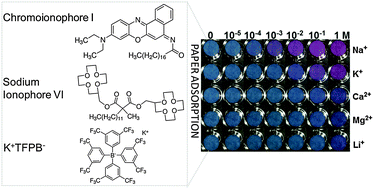
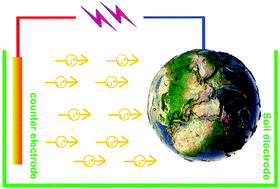
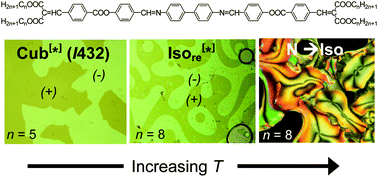
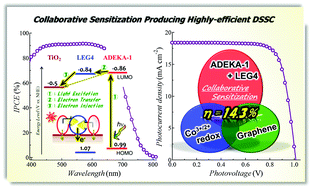
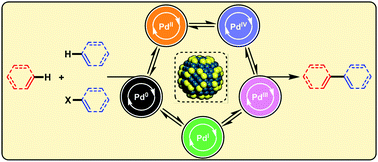

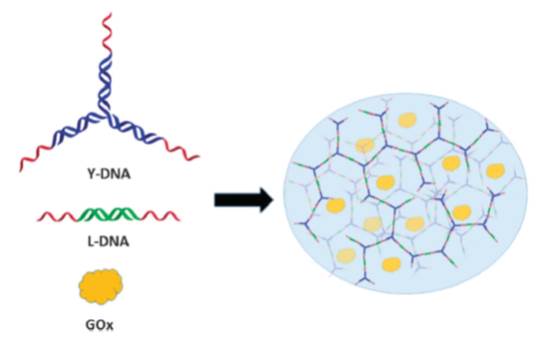
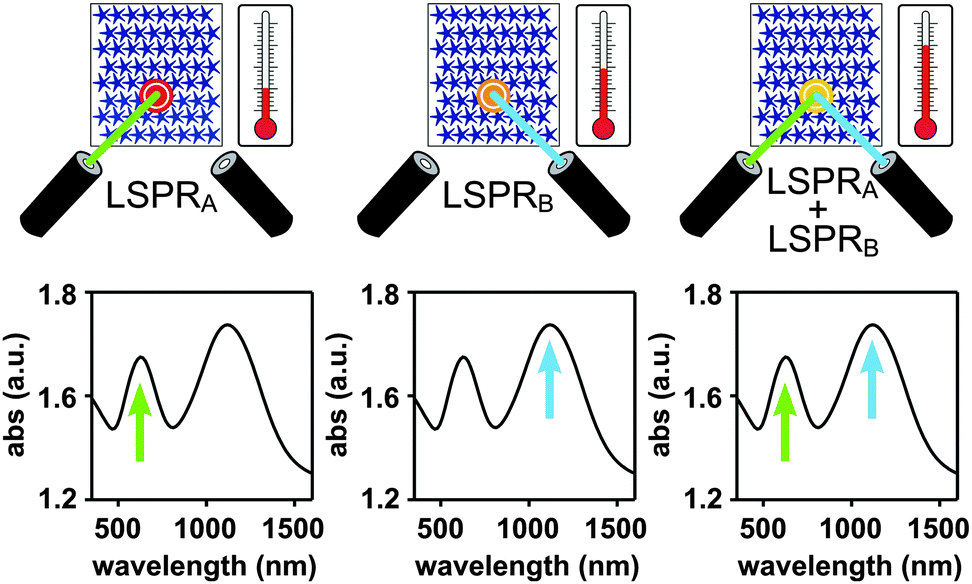
 Scientists in Australia have lit the path towards replacing wires in electrochemical devices by
Scientists in Australia have lit the path towards replacing wires in electrochemical devices by